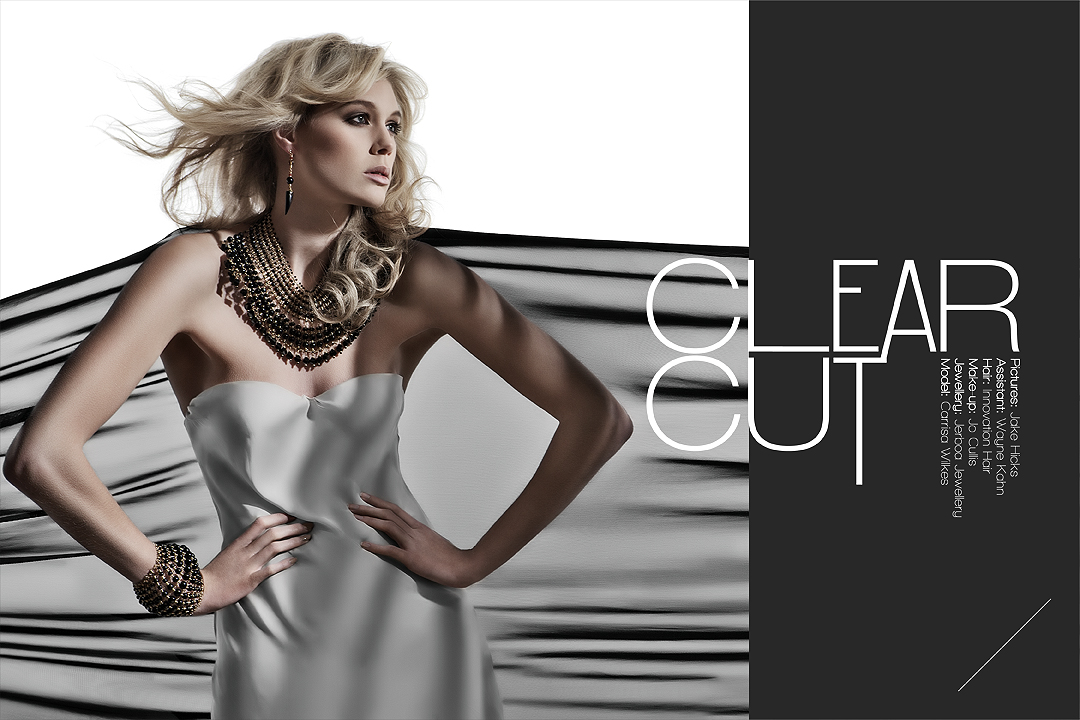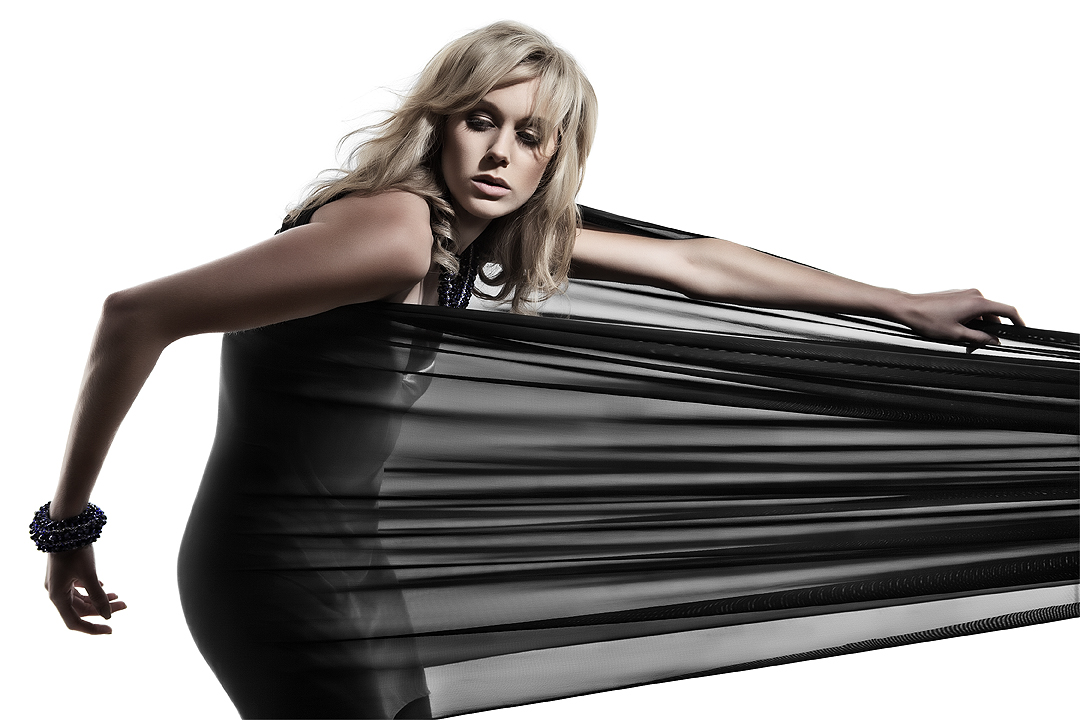Here in the UK recently a legislation was passed that stated 'Photographs or other creative works can be used without the owners' explicit permission as long as a "diligent search" has taken place'.
As unlikely and as crazy as that sounds, it is unfortunately true. The British government said the act made "copyright licensing more efficient", I think they are getting at the fact that it takes too long to find the artist who took the shot or created the artwork. This is surely a sign of the times and with the ever increasing tidal wave of images being uploaded to the web every minute for all to access it has changed the perception of 'ownership' and the common belief seems to be that if it's on the web, it's yours to use. I've had my images copied and uploaded elsewhere without permission, that was bad enough but also without reference or link to myself or website. Upon asking them to remove the image or pay for usage they actually tried to argue that they found it on the web so they were allowed to use it. Where this idea of free image usage on the web stems from is an amalgam of ideas under the far broader umbrella of 'everything on the web is free'. Free music, free films, free games, free images etc etc, this perception has now gone so far that some will actually scoff at the fact that anybody should pay anything at all for media.
Companies wishing to use pictures would need to carry out a "diligent search" for the owner
BBC NEWS
As much as I would absolutely love to rant about this topic until the letters fade from my keys, this is not the purpose of this article. If you would like to find out more about it then either read the article reported by the BBC or for even more information on the ramifications stop by the campaign group Stop43 which represents a wide range of photographers and agencies.
So in short what does the passing of this new legislation mean, essentially it means that if a company finds your image on the web and wants to use it they must carry out a "diligent search" for the owner. If after this "diligent search" no owner is found they may use your image as they see fit without having to compensate actual copyright owner. What "diligent search" actually entails is hazy but I must assume that at the absolute minimum it will mean they have to look at the images metadata for the owner, hence the actual point of this article. Oh and if you're thinking I'm outside the UK it's not my problem, think again, British company's can still use foreign images under the same legislation. Sorry.
One of the first steps we can take as photographers is to ensure people can find us through our images and we can do this by simply storing our information in those images in the form of metadata. Metadata is our digital fingerprint and we can leave it in our images so that it not only states who we are but most importantly how to contact us. Once you know how it's super easy to implement and most RAW editing software will have the options needed to embed it.
This file has no copyright metadata attached yet
I am going to outline here how to apply copyright into the metadata using Lightroom 4.
First open up Lightroom and navigate to the 'Library' module (window - module), then on the panel on the right hand side scroll all the way down to the 'Metadata' panel. When you have an image selected this panel will populate like you see here. This particular image has yet to have copyright metadata attached and as such shows no data in the copyright and creator fields.
Selecting the 'Preset' bar opens a drop down menu
Secondly we need to create a metadata preset to actually apply to not only this image but all our future images.
Select the preset bar and a drop down menu will show your current presets but also at the bottom the option to 'Edit Presets...'
Clicking on this will open up a new window where we can populate our copyright fields.
This is where we edit the metadata presets
In this window we can enter all the relevant copyright data that somebody would need to contact us if they wanted to use our image. Personally I've scrolled down a little and just populated the illustrated fields you see here. IPTC Copyright window - Copyright: ©Jake Hicks Photography, Copyright status: select 'copyrighted and in the Rights Usage Terms: I just wrote 'All rights reserved.'
In the IPTC Creator window - Creator: Jake Hicks and most importantly in the Creator E-Mail my email address for contact and my Creator Website.
That's pretty much it, choose a preset name and hit 'done'.
“You can type the © symbol on a Mac by holding down the ‘Option’ key and typing the letter ‘g’ and on Windows by holding down the ‘ALT’ key and typing ‘0169’ on the numeric pad.”
The finished populated metadata window
Once you've hit done the Metadata window will now be populated and should look something like this.
This preset can be edited at any time by just accessing the preset drop down menu again.
Granted this would be a real pain if you had to do that for every image but by selecting all the relevant images in the 'Library' you can scroll down to the 'Sync' button and apply that preset across them all.
In the top right hand corner of the 'Import' window we can apply a 'Metadata' preset
Finally, now that we've made our copyright metadata preset we don't even have to remember to apply it to our chosen images, we can simply apply it to every subsequent image we import into Lightroom.
When you choose to 'Import' your images into Lightroom you have the option to 'Apply During Import' in the top right hand corner. Here you can select your preset and apply it to every image regardless of whether or not it will ever see the hunting grounds of the image thieves on the web.
Now I am under no illusions that once you've applied this copyright metadata to your images you can just sit back and wait for the emails to roll in offering you compensation, this is just one very tiny step that needs to be taken to safeguard your images on the web. Until there is a law passed stating that is illegal for companies like Facebook and Flickr to strip all metadata from your images, thereby deleting your copyright and contact details, you may have to come to terms with the fact that if you upload an image to the web, it will get stolen.
Disclaimer: I the author am a photographer who merely takes great pictures, I am not a solicitor/lawyer. If you have found this article in search of legal council then please forget everything you have just read. Thank you.
















